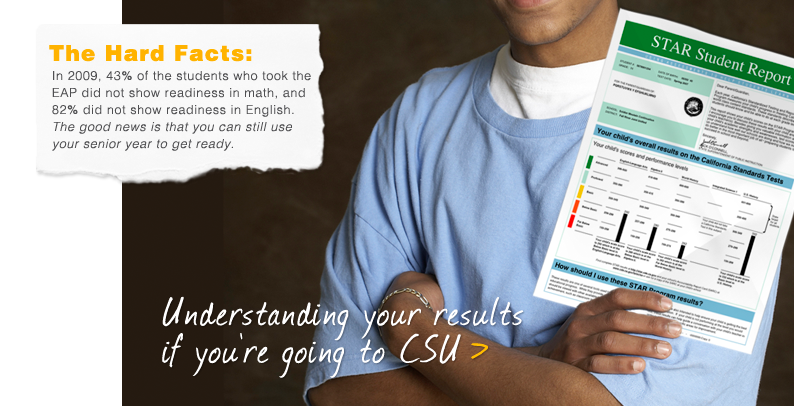As students of MVHS, we score substantially higher on standardized tests than average students in

schools in California and the rest of the Union. Our API score is 956, compared to the average of 790 in California. Our average SAT score is 1959, compared to a US average of 1498.Despite our favorable position, we should recognize that other schools are not blessed with similar fortune. In order to improve their status, we should turn to standardized assessments such as the EAP.
Developed jointly by the California Department of Education, the State Board of Education and the California State University, the Early Assessment Program (also known as the EAP) is an academic preparation program that diagnoses critical student shortcomings in English and prompts teachers to assist. The EAP is especially crucial because CSUs admit students before testing them for crucial reading and writing skills. The remediation rates for English currently stand around 10 percent, and these students are required to take additional courses in the subject at both state and personal expense as a result, a lose-lose situation. An advance diagnosis would reduce the severity of this issue. Students and teachers both stand to benefit from this procedure: students from academic success and preparation, teachers from recognition and advancement.
The EAP attempts to solve a universal problem. College-preparedness, or rather a lack thereof, does not solely afflict the state of California. In many states, well over half of all incoming students require additional preparation in math and English. Of the nearly 1.7 million students who took the ACT in 2012, for example, 60 percent performed inadequately in two of the four sections — English, math, science and reading — with most difficulty found in the English and math sections.
Put in a global perspective, American 15-year-olds rank 29th in math, 22nd and science, and 20th in reading. Across all socioeconomic groups, Americans perform below the average for developed nations in math. This isn’t solely an income deficit; this is a curricular deficit. Students simply aren’t being provided the best materials and the best instruction. The United States is not a rank 29 country; why should we sit complacently while our students shockingly prove this true?
One of the best ways we can address this deficit is by recognizing the astonishing disparity in teacher performance, with amazing instructors making just as much or even less than their incompetent colleagues. According to a Stanford study conducted by Eric S. Taylor and John Tyler, teachers are more effective at raising student achievement if they are being evaluated based on student performance. Given the incentive that evaluation provides, this shouldn’t strike us as surprising. However, what truly inspires is the tidbit of information immediately after: teacher effectiveness continues to grow in the years after the evaluation, with the study stating that students instructed by a teacher after the evaluation program scored 11 percent of a standard deviation higher than students instructed by the same teacher before evaluation. Simply evaluating a teacher profoundly influences his instruction.
No standardized exam is instituted due to a desire to degrade secondary school instructors to a workforce with a high-turnover rate and insufficient salaries. In order for teachers to improve, they need to be provided the feedback necessary to do so, in effect, more standardized tests. In order for students to score better, they need to be aware of expectations and how to meet them, and great teachers facilitate this process. The EAP in its current form provides this crucial feedback, and that is why it should be embraced.







